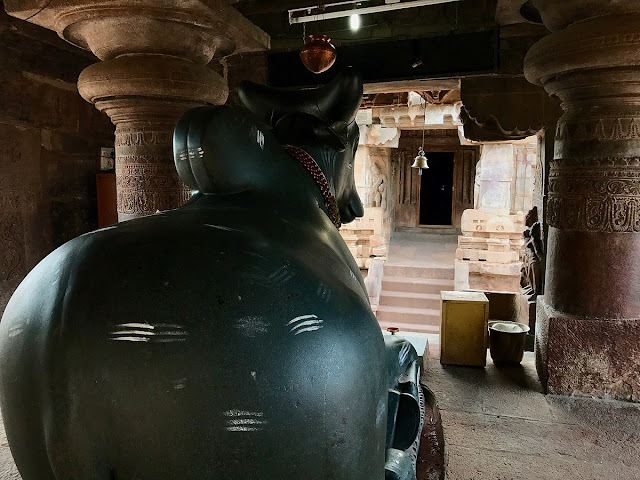Recently, Waqf Board has identified 17 monuments inside historical fort of Bidar Fort in Karnataka as its property. The fort was a stronghold of the rulers of the Bahmani kingdom which came into existence in 1347 in the Deccan as a revolt against the rule of the Tughlaq Sultan Muhammad Bin Tughlaq of the Delhi Sultanate.
The Bidar fort is surrounded by three miles of walls with 37 bastions.
History of Bidar
Built in the 10th century, the Bidar fort underwent significant modifications by the rulers of different dynasties including those belonging to Bahmani Sultanate (1347 -1518) Barid Shahi Dynasty (1527-1619), Mughal Empire (1619-1724) and Nizam of Hyderabad (1724 -1948).
In 1427 Bidar Fort became the capital of Bahmani Sultanate which came into being 1347 during the reign of the Tughlaq Sultan Muhammad bin Tughlaq. The capital of the Bahmani was shifted from Gulbarga (present Kalaburagi) to Bidar by Ahmad Shah I, the ninth ruler of the Bahmani dynasty.
The Bahmani Sultanate had 18 rulers whose rule extended for almost 200 years. Ahsanabad (Gulbarga) used to be its capital before Bidar. Of the 18 Bahmani rulers, first eight rulers made Gulbarga as their capital and the rest ten rulers of the dynasty ruled from Bidar as capital between 1427 and 1538.
The Solah Khamba Masjid is surrounded by landscaped gardens maintained by the Archeological Survey of India (ASI).
Bidar Fort
The Fort has seven grand arched gates- of which the Gumbad Darwaza and Sharaza Darwaza were the two most prominent entrance gates. The other five gates – Carnatic Darwaza, Mandu Darwaza, Kalyani Darwaza, Kalmadgi Darwaza, Delhi Darwaza were named based on their directions.
Rangeen Mahal
It is one of the preserved palaces in the Fort.
Takht Mahal
Takht Mahal (Throne Palace) is another attraction which once housed the splendid throne of the Bahmani sultans. Diwan-e-Aam where the fabulous turquoise throne (Takht-i-Firoza ) once rested, has three storied structures.
The Solah Khamba Masjid (16 Pillars mosque), Gagan Mahal, Naubat Khana and Tarkash Mahal are other prominent structures in the Bidar Fort.
Tarkash Mahal
The Hazar Kothari monument is another attraction in the Bidar Fort.













